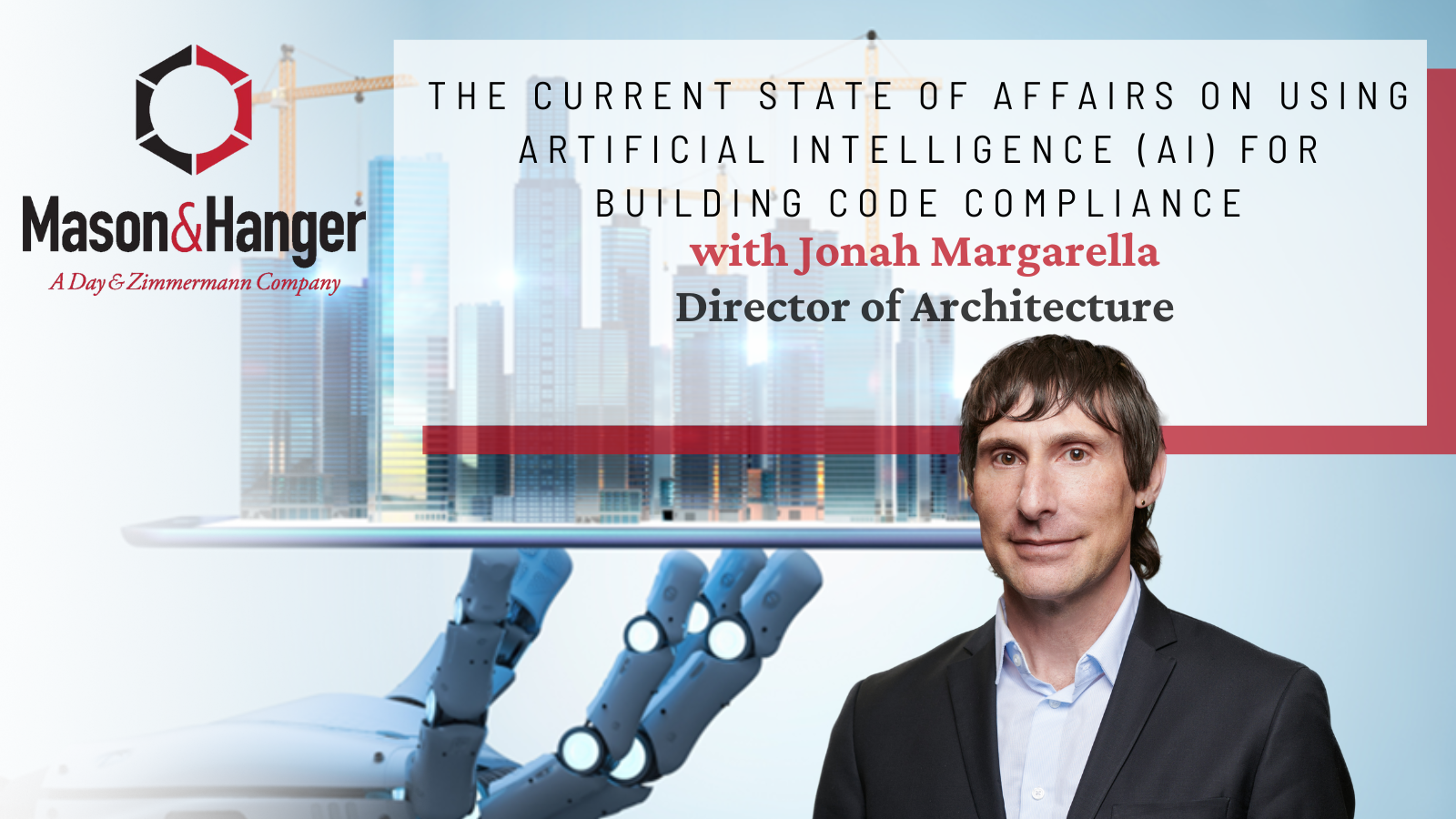Building code compliance is critical for the design, life safety, structural stability, and basic standards for health. In our digital age, Artificial Intelligence (AI) is being used as a means to assist architects and engineers to help us streamline code strategies.
AI Aiding Building Code Compliance
AI tools can assist architects in ensuring that designs comply with building codes and regulations, quickly reducing the risk of errors and ensuring that projects adhere to legal requirements, according to AIA Contract Documents. AI can use algorithms, data, and computational power to help us be more efficient in creating a structure that ensures the health, safety, and welfare of the public within the building.
“AI plays an important, transformative role for building codes, similar to what Building Information Modeling (BIM) has done for architecture and engineering industry,” Joan O’Neil, Executive Director of Content & Services of the International Code Council (ICC) states in episode 57 of the ICC Pulse Podcast from Building Safety Journal.
Can We Rely on AI?
There is still some wariness towards the accountability, trust, and reliability in AI, Jason Matusow, Microsoft General Manager of the Corporate Standards Group, states in the ICC Pulse Podcast. People are uneasy about the speed the technology is moving and the standards and ethics of the AI systems. Since the computer system learns and accumulates more answers as more questions are asked, people aren’t used to the speed the computer system moves and its different accuracy standards. There is also the prime factor that people do not like change.
In a recent American Institute of Architects (AIA) research study, Artificial Intelligence Adoption in Architecture, researchers found that 78% of respondents wanted to learn more about the potential of AI in the industry, and the same percent noted they have concerns about AI. AIA noted that AI adoption has been small with only 8% of firm leaders reporting to integrate it into their practice. Although there is still interest with 20% reporting they are in the process of implementation and 35% considering to utilizing the tool. Six percent of the respondents reported using it regularly, while more than half stated they are experimenting with the system.
Where there is curiosity, there is also considerable concern over AI-generated images and designs being used for buildings rather than designs from the actual architect. “Across all areas tested, an overwhelming majority of respondents express multiple concerns in the areas of inaccuracy (94%), unintended consequences (94%), privacy and security (93%), authenticity (90%), and lack of transparency (90%),” Michele Russo, Vice President, Research & Practice at AIA, said.
Slowly Integrating AI Into the Process
Currently, the ICC and Upcodes have been introducing AI components within their frameworks to allow for architects and engineers to ask code questions. It has also started to formulate ‘smart’ checklists that, when information is inputted, it can cross check various sections to confirm overall compliance, especially with issues surrounding occupancy, occupant loads, height, area, story and plumbing fixture calculations.
Tune into Part 2 of our AI and Building Code Compliance series, where I will discuss the top benefits to how AI is transforming building code compliance.


